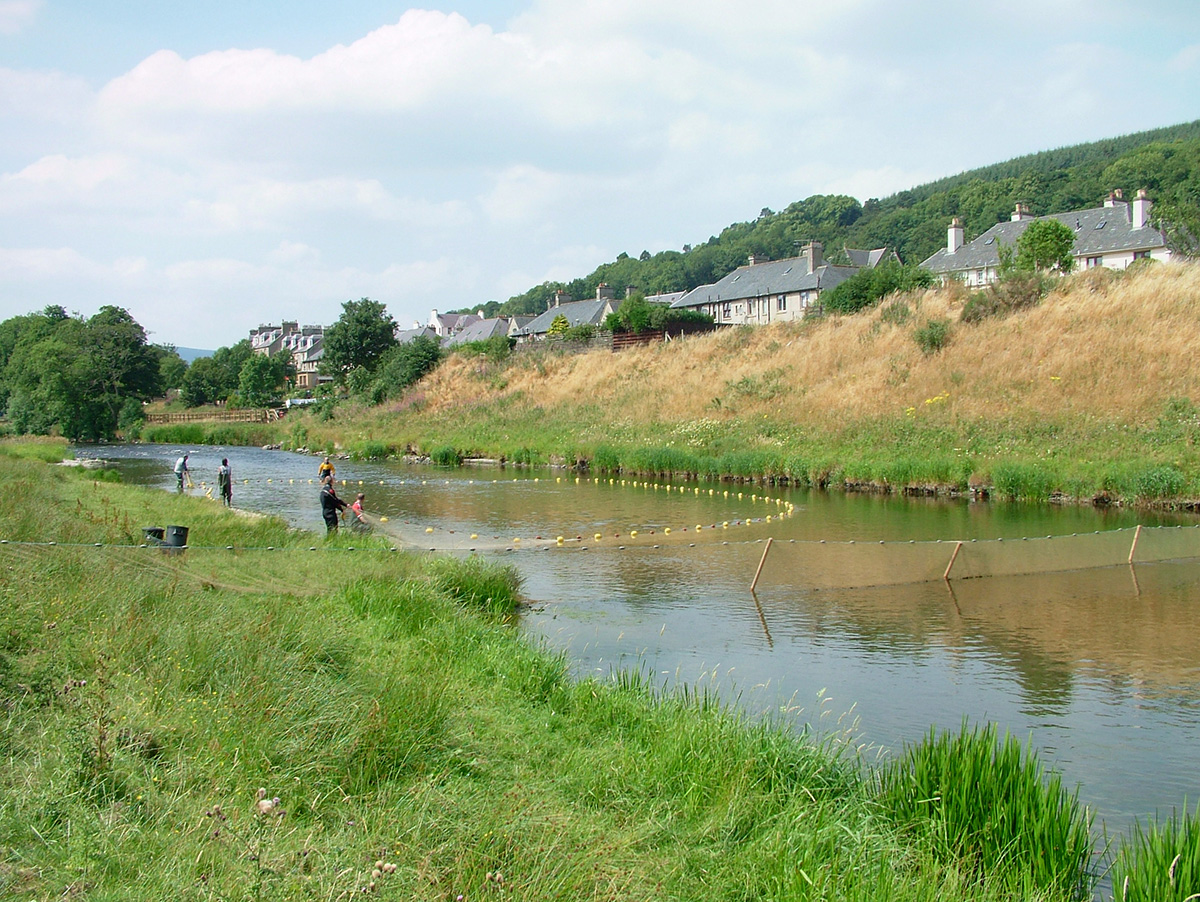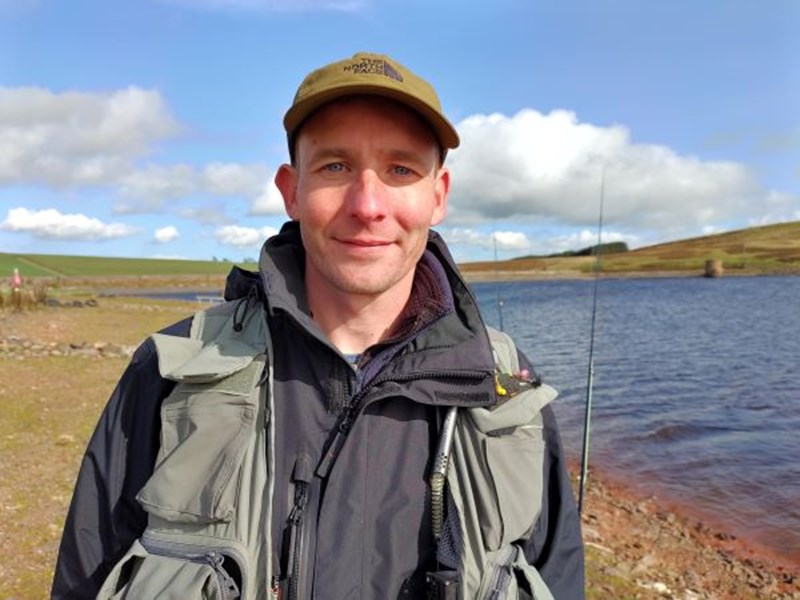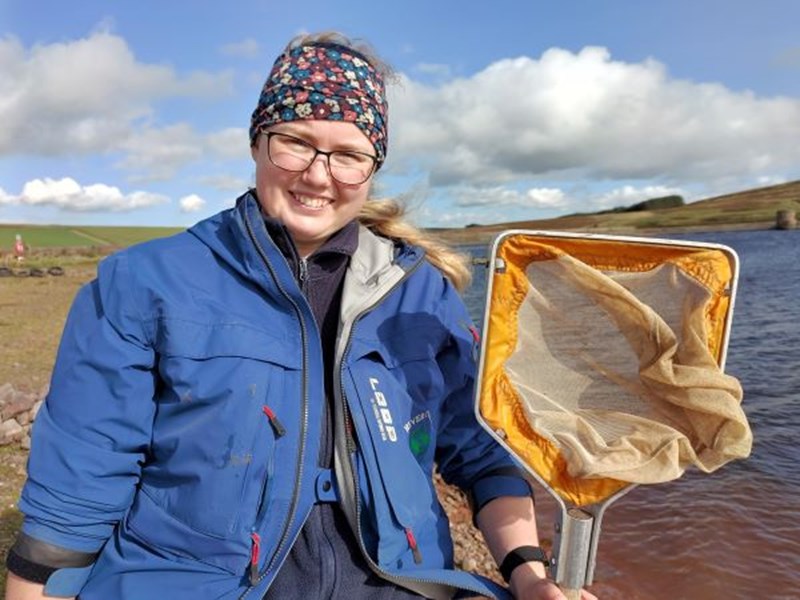Our History
Meet The Team
Current Initiatives
Regular Monitoring
The Tweed Foundation
The Tweed Foundation is an environmental charitable company limited by guarantee set up by the RTC to promote the development of fish stocks in the Tweed River system.
We are regarded as being at the forefront in bringing a more professional, objective, scientific approach to salmonid management. We are engaged in an extensive programme of biological monitoring and habitat enhancement with the aim of protecting Tweed’s valuable fish stocks and maximising the river’s natural productivity.
Our Background
The Tweed Foundation is an Environmental Charitable Company Limited by Guarantee set up by the RTC to promote the understanding and development of fish stocks in the Tweed River system.
The Foundation was established in 1983, and has long been at the forefront of a professional, objective, scientific approach to salmonid management. It is engaged in an extensive programme of biological research, monitoring and habitat enhancement to understand and protect Tweed’s valuable fish stocks and to maximise the river’s natural productivity.
The Foundation’s remit not only covers that of the old RTC Experimental Committee of the 1860’s but also has the broader job of advising the RTC on fisheries management matters. In order to be able to do this, the Foundation:
a) Surveys fish populations, to discover what species use which areas to breed.
b) Surveys fish habitat quantity and quality.
c) Monitors juvenile populations of Salmon and Trout to find if there are changes in their numbers.
d) Monitors adult populations with fish counters and traps.
e) Analyses catch records to understand trends and find the environmental or other causes for these.
f) Researches the stock structure of Salmon and Trout to find age and growth patterns and to identify any local sub-stocks within the system.
and investigates many other facets of fish biology and ecology. These can be seen in the Management Plan for the Foundation, and are the responsibility of the Foundation. The RTC has also devolved the “increase” part of its remit to the Foundation, which essentially means improving the quantity (through the removal of obstacles) and quality of fish habitats in the catchment.

Tweed Foundation Staff

Jamie Stewart

Alison Gorrie

James Hunt

Ben McCallum

Suzanna Taylor

Anne Woodcock

Matthew Little

Cody McFarlane

Erica Chapman
Tweed Foundation Trustees

Charles Plowden

Douglas J. Dobie

John P. H. Scott

W. Allan Virtue

Hugh P. Younger

Caroline Balfour

William De la Hey

Samantha Mutters

Marcus Brookes
